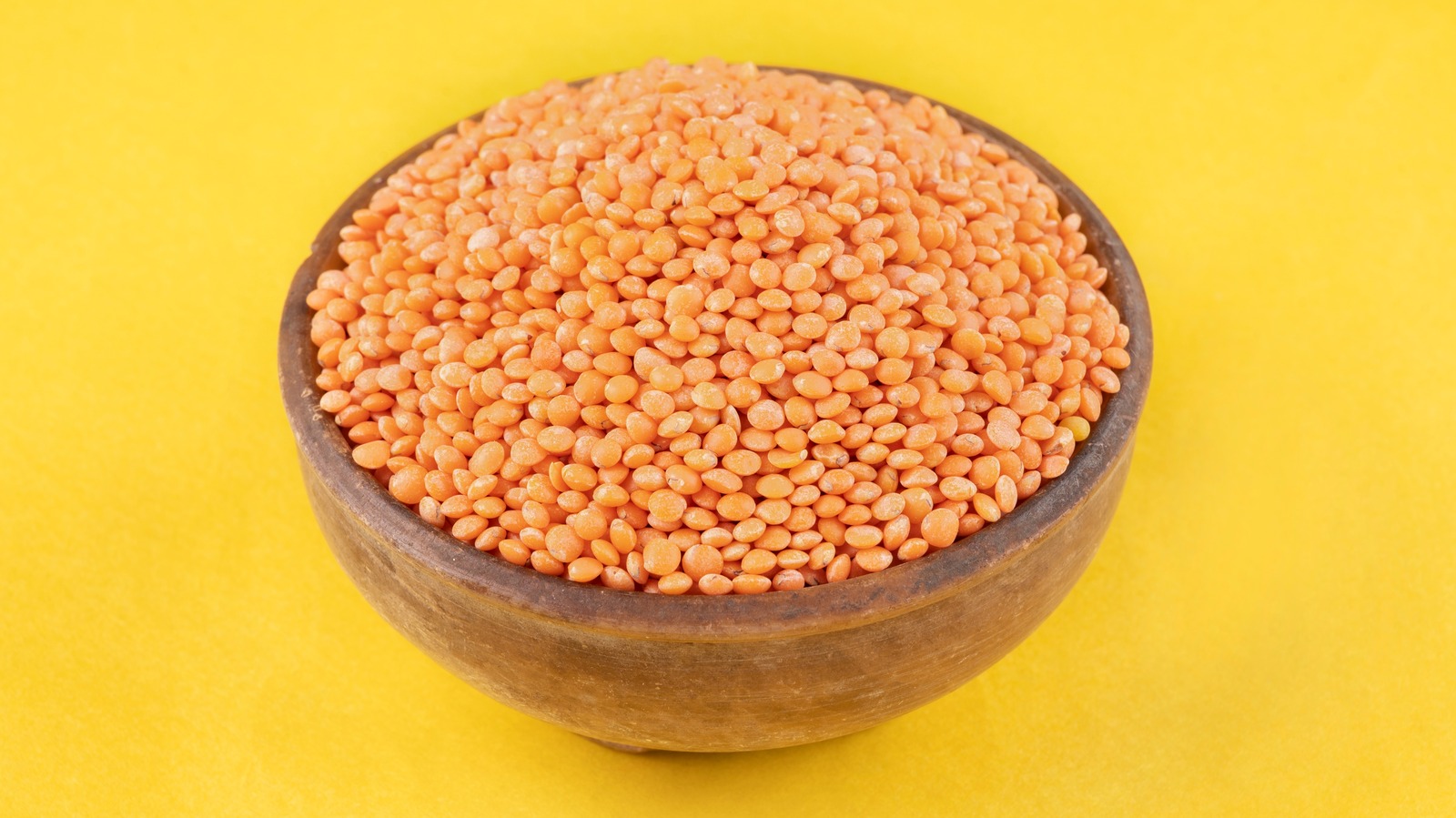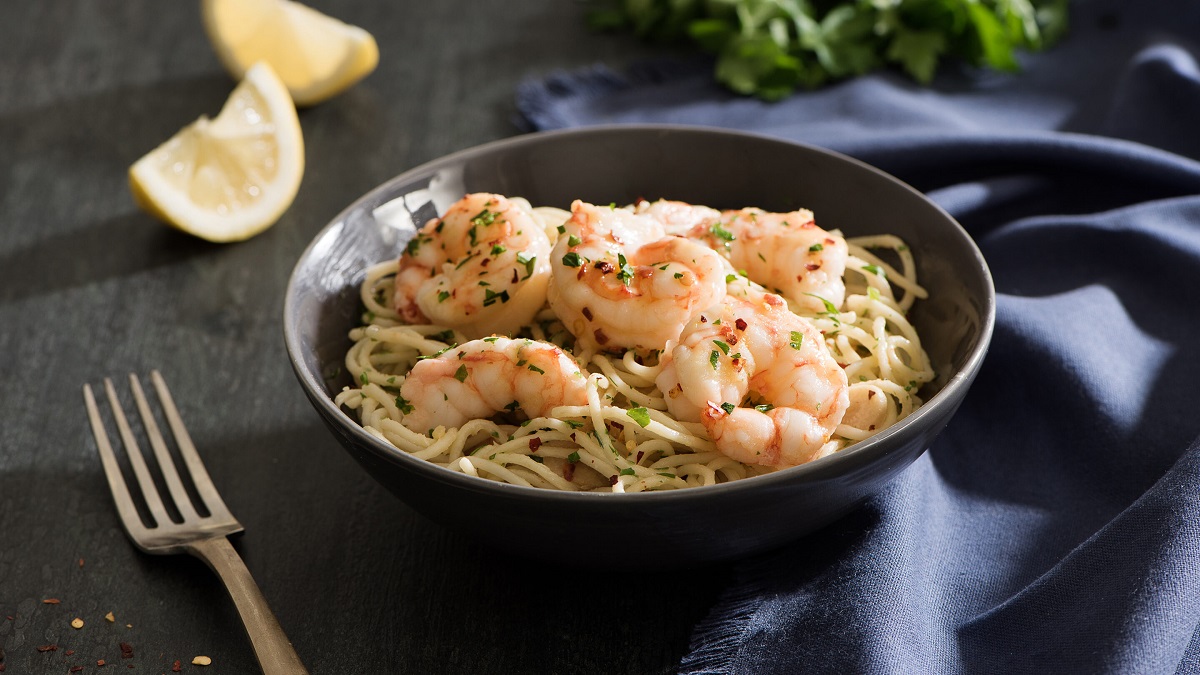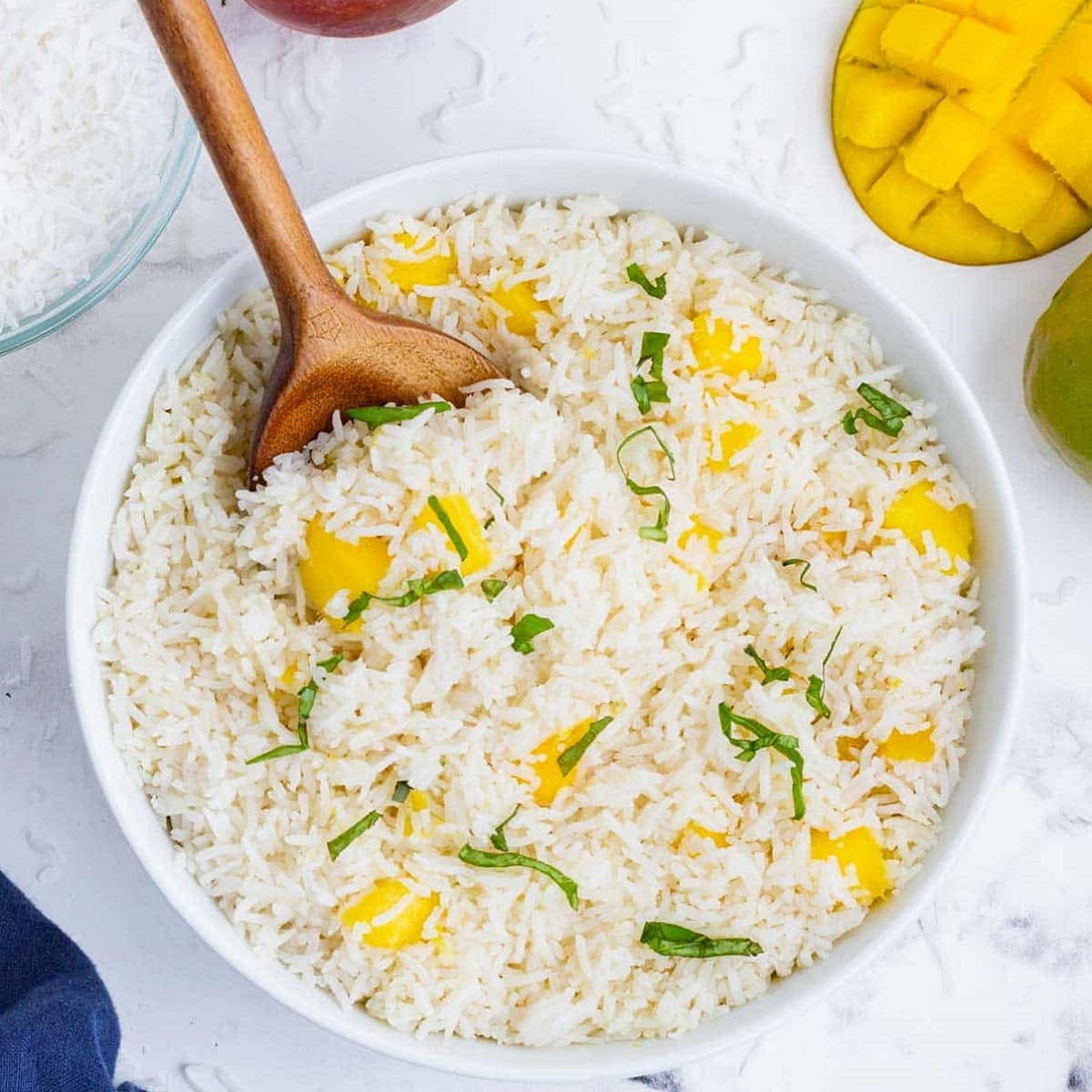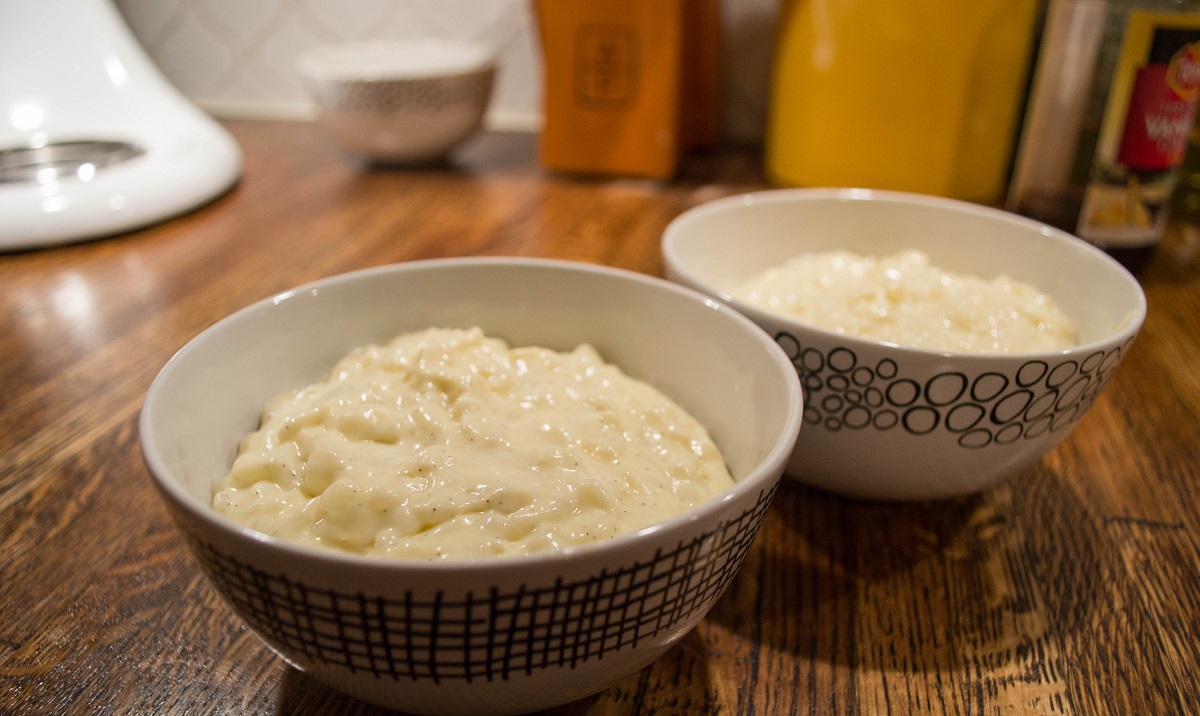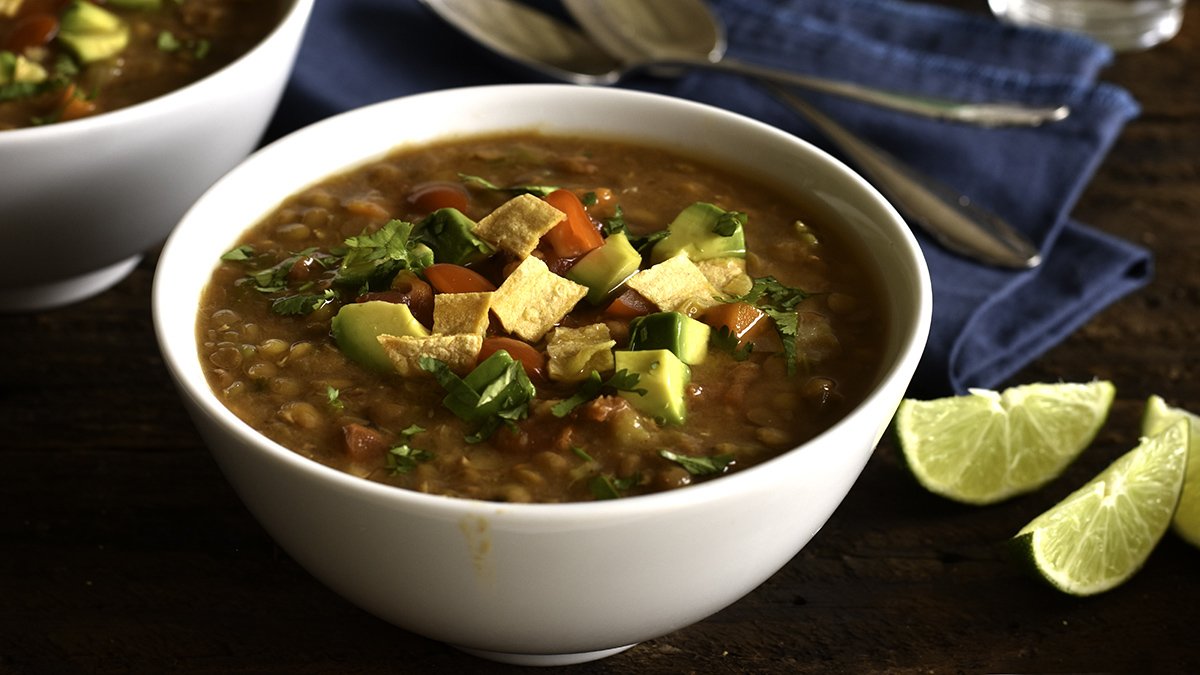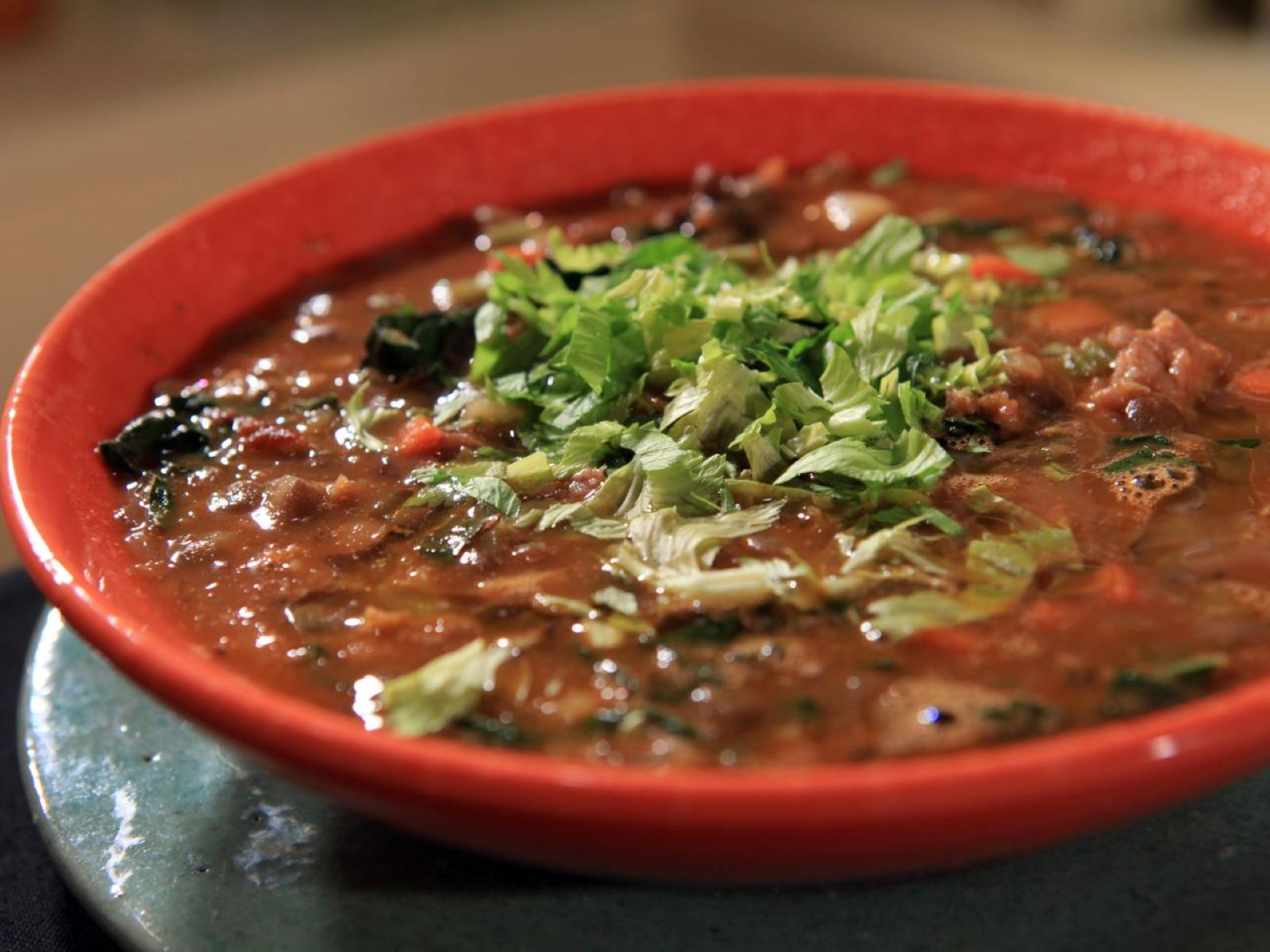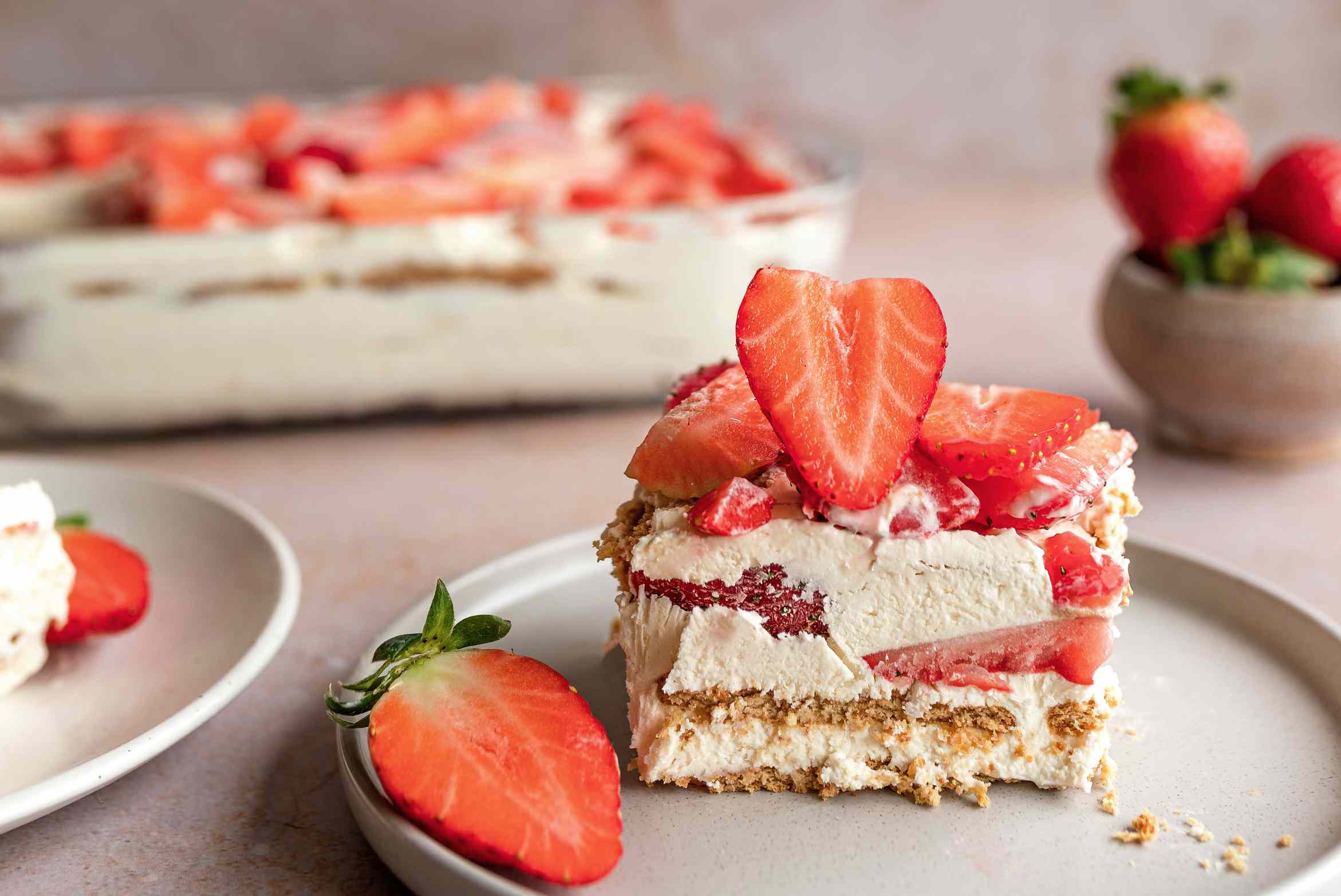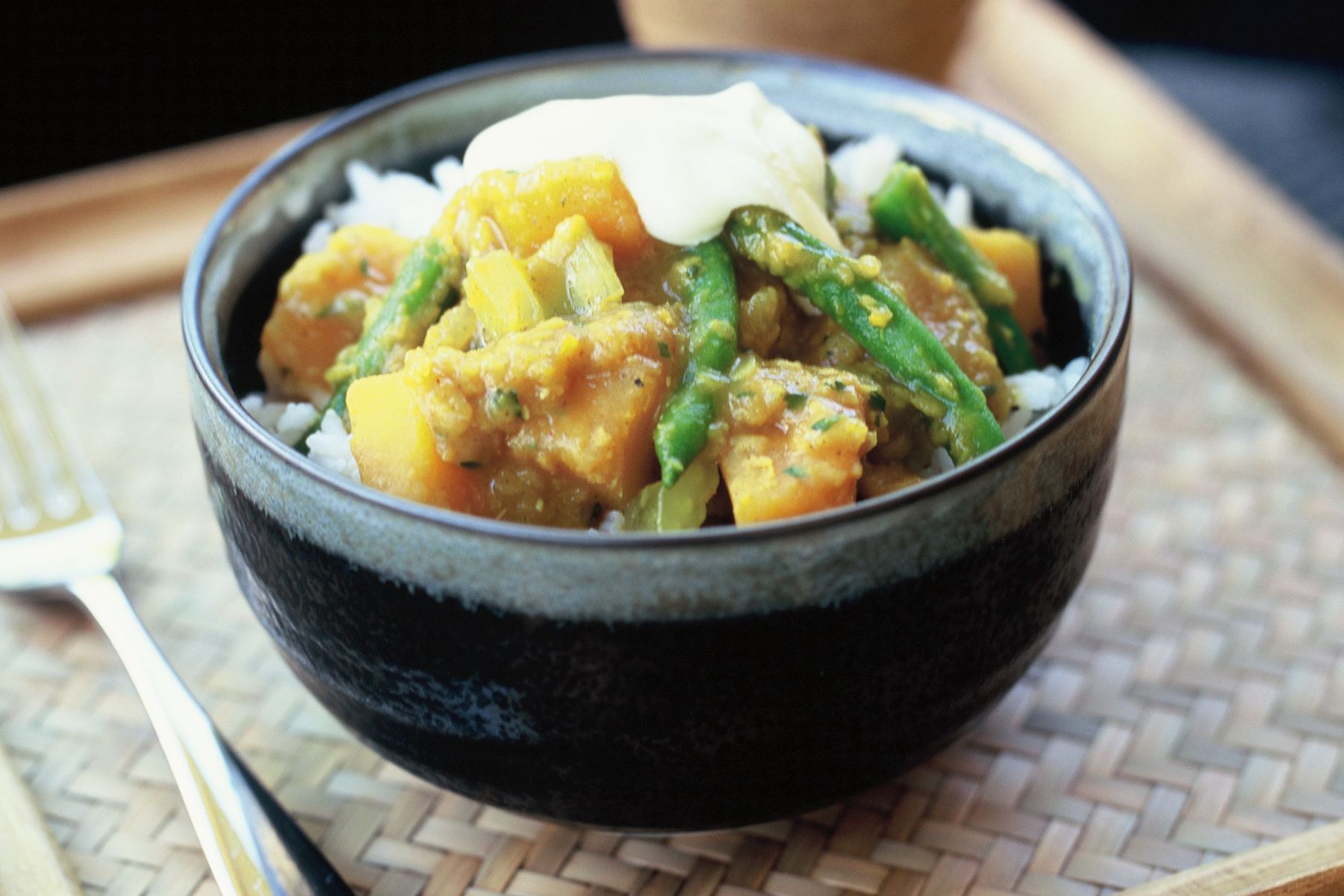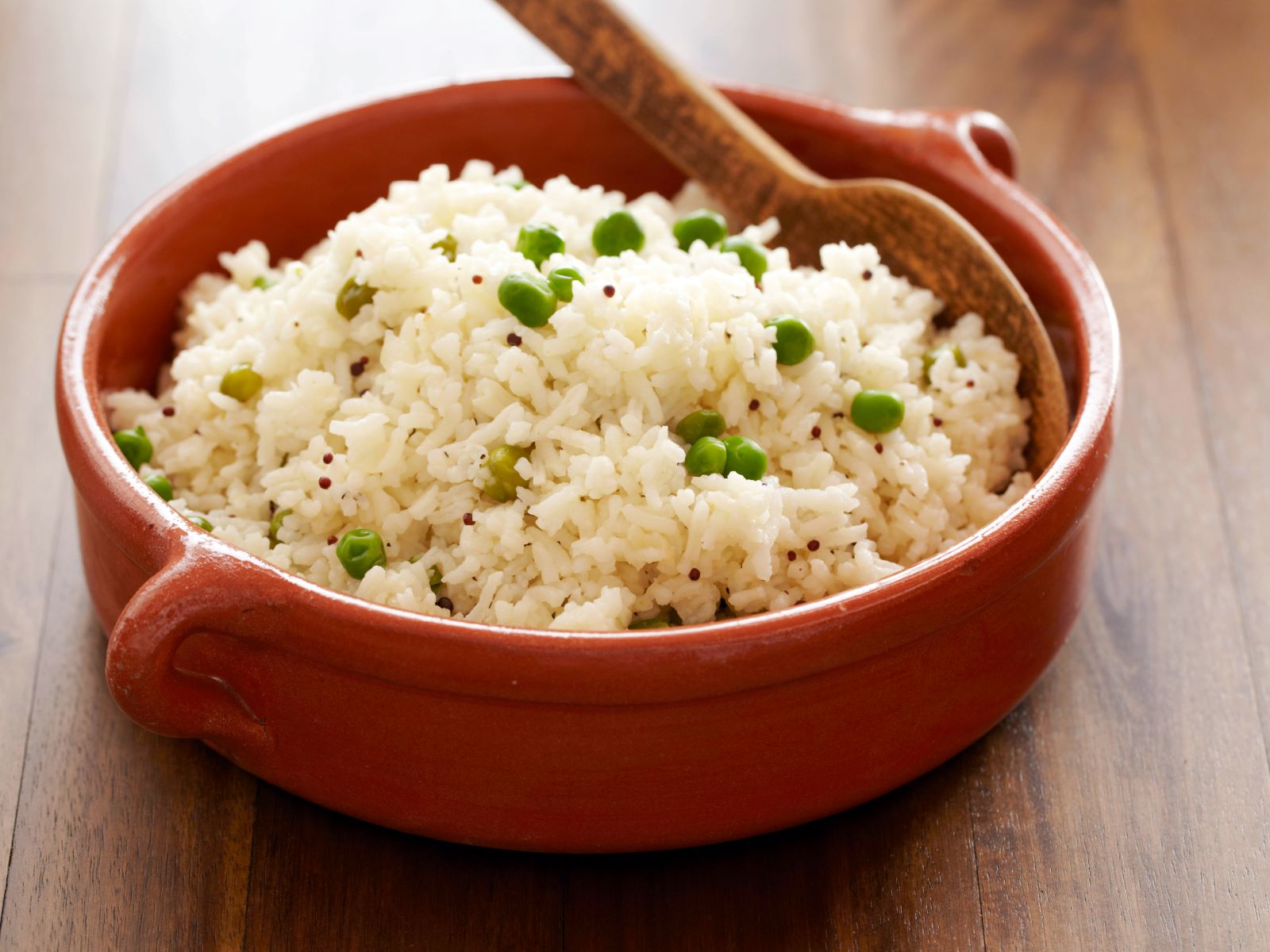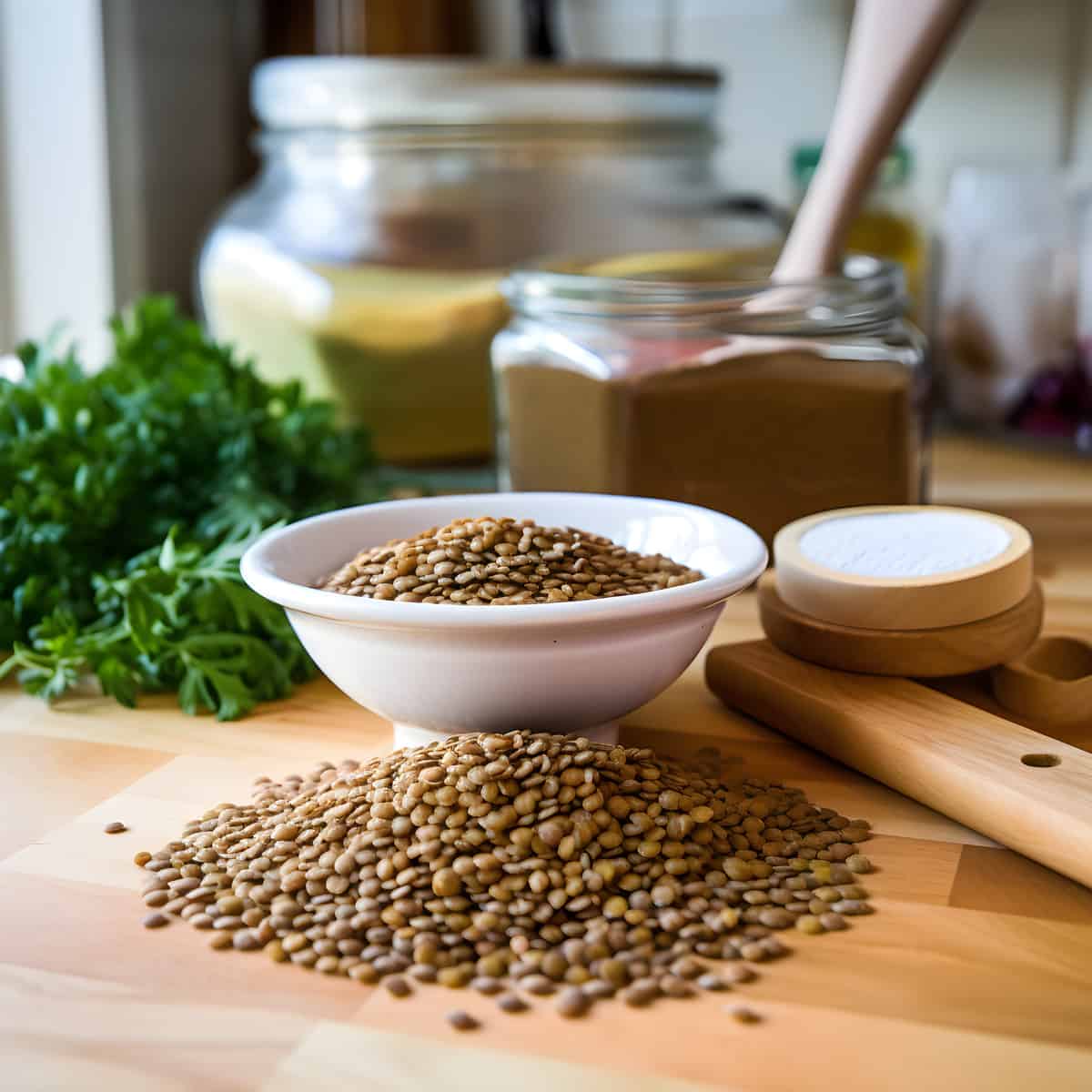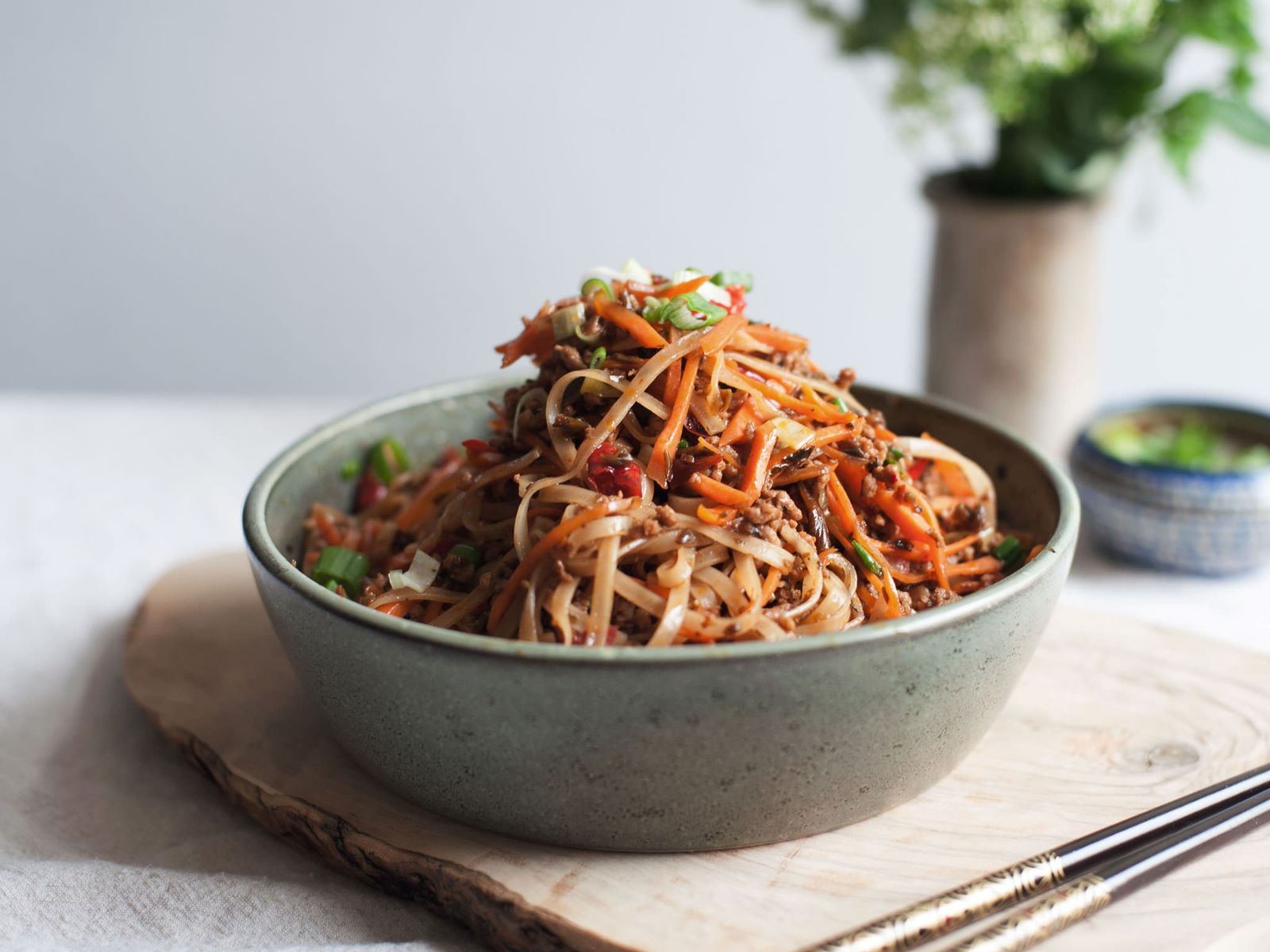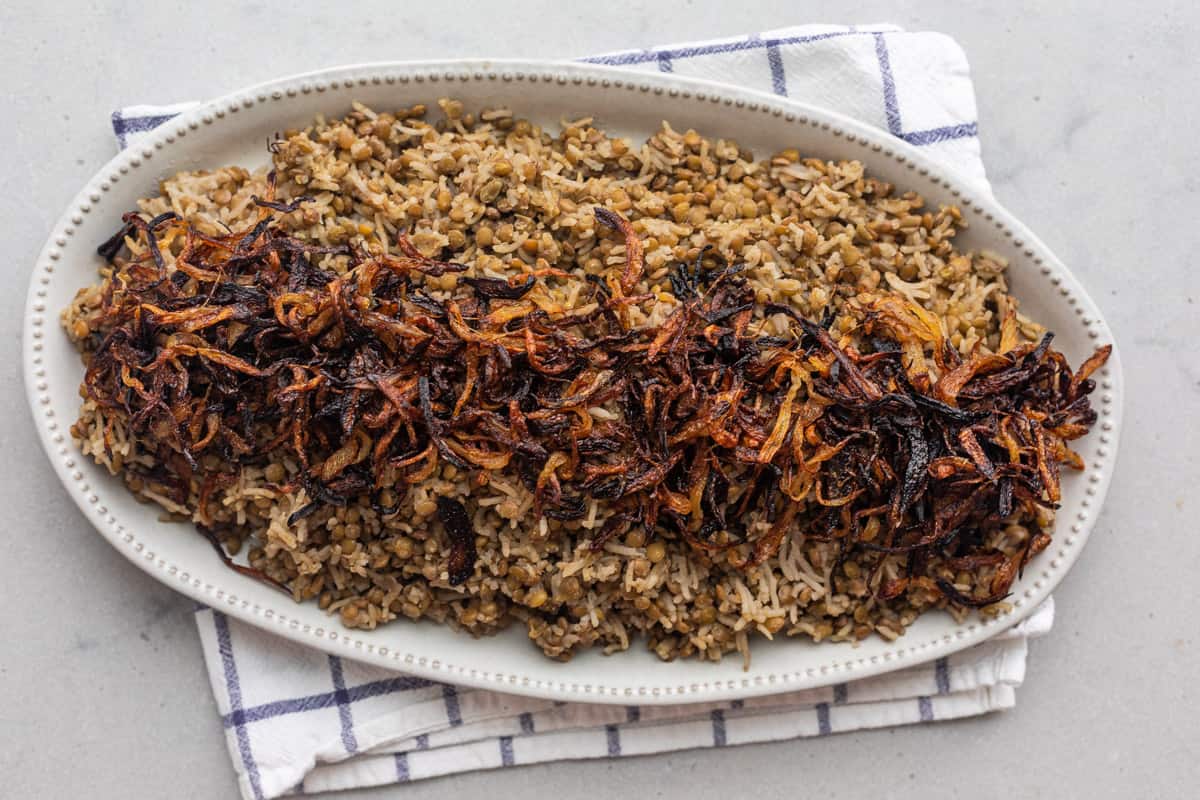

Eating
Lebanese Lentil Rice: How To Make Mujadara
Published: February 15, 2024
Learn how to make delicious Lebanese mujadara, a flavorful dish of lentils and rice, perfect for eating and sharing with family and friends. Discover the traditional recipe and cooking tips!
(Many of the links in this article redirect to a specific reviewed product. Your purchase of these products through affiliate links helps to generate commission for Simplelivingeating.com, at no extra cost. Learn more)
Table of Contents
Introduction
Lebanese cuisine is renowned for its rich flavors, aromatic spices, and wholesome ingredients. One dish that encapsulates the essence of traditional Lebanese cooking is Mujadara, a comforting and nourishing meal that has been savored for generations. This beloved dish features a harmonious blend of lentils, rice, and caramelized onions, resulting in a delectable medley of textures and tastes.
Mujadara holds a special place in Lebanese culture, often gracing dining tables during festive gatherings, family celebrations, and everyday meals. Its humble yet satisfying nature makes it a staple in households across Lebanon and beyond. The dish’s origins can be traced back centuries, reflecting a deep-rooted culinary heritage that has stood the test of time.
The preparation of Mujadara is a labor of love, requiring patience and attention to detail. Each component is meticulously cooked to perfection, allowing the flavors to meld and evolve into a symphony of savory goodness. The earthy notes of lentils, the fluffy texture of rice, and the irresistible sweetness of caramelized onions come together to create a dish that is as comforting as it is flavorful.
Mujadara’s appeal extends beyond its taste, as it also embodies the principles of simplicity and resourcefulness. With just a handful of basic ingredients, this dish showcases the art of transforming humble pantry staples into a culinary masterpiece. It exemplifies the beauty of Lebanese cuisine, which celebrates the innate flavors of wholesome ingredients without the need for excessive embellishments.
In the following sections, we will delve into the art of crafting Mujadara, exploring the key ingredients, the meticulous cooking process, and the nuanced techniques that elevate this dish to a level of culinary excellence. Whether you are a seasoned cook or a novice in the kitchen, mastering the art of Mujadara will not only expand your culinary repertoire but also provide a profound appreciation for the time-honored traditions of Lebanese cooking.
Ingredients
To embark on the culinary journey of creating Mujadara, it is essential to gather a handful of simple yet essential ingredients that form the foundation of this beloved Lebanese dish. Each component plays a crucial role in contributing to the rich tapestry of flavors and textures that define Mujadara. Here’s a detailed look at the key ingredients required to bring this iconic dish to life:
1. Lentils:
The star of Mujadara, lentils bring a hearty and earthy flavor to the dish. Opt for brown or green lentils, which hold their shape well during cooking and provide a satisfying bite. These legumes are not only rich in protein and fiber but also impart a robust depth of flavor to the overall dish.
2. Rice:
Long-grain white rice serves as the perfect companion to the lentils, offering a light and fluffy texture that balances the heartiness of the legumes. When cooked to perfection, the rice becomes a canvas for the aromatic spices and savory notes, creating a harmonious union of flavors in every spoonful.
3. Onions:
Caramelized onions are the crowning glory of Mujadara, infusing the dish with a sweet and savory essence that elevates its taste to new heights. Sliced onions are slowly cooked until they reach a rich golden-brown hue, imparting a delectable sweetness and depth of flavor that is integral to the character of Mujadara.
4. Olive Oil:
High-quality olive oil serves as the medium for sautéing the onions and imparting a subtle fruitiness to the dish. Its golden hue and rich aroma add a luxurious touch to the overall preparation, enhancing the flavors and textures of the lentils and rice.
5. Spices:
A blend of warm and aromatic spices, including cumin, cinnamon, and a hint of nutmeg, infuses Mujadara with a tantalizing bouquet of flavors. These spices not only add depth and complexity to the dish but also evoke a sense of warmth and comfort, making each bite a truly memorable experience.
6. Salt and Pepper:
Simple yet essential, salt and pepper serve as the cornerstone of seasoning in Mujadara, allowing the flavors of the ingredients to shine while achieving a perfect balance of taste.
By carefully selecting and combining these fundamental ingredients, you are poised to embark on a culinary adventure that celebrates the essence of Lebanese cuisine through the art of creating Mujadara. Each component contributes to the symphony of flavors and textures that make this dish a timeless favorite, cherished for its simplicity and soul-satisfying qualities.
Instructions
-
Prepare the Lentils: Rinse 1 cup of brown or green lentils under cold water, removing any debris. In a medium saucepan, combine the lentils with 3 cups of water and bring to a gentle boil over medium heat. Reduce the heat to low and let the lentils simmer, partially covered, for 15-20 minutes or until they are tender but not mushy. Drain any excess water and set the cooked lentils aside.
-
Caramelize the Onions: While the lentils are cooking, thinly slice 3 large onions. In a separate large skillet, heat 1/4 cup of olive oil over medium heat. Add the sliced onions and sauté, stirring occasionally, until they turn a deep golden brown and become caramelized, which typically takes 20-25 minutes. Keep a close eye on the onions to prevent burning, and adjust the heat as needed.
-
Cook the Rice: In a separate pot, rinse 1 cup of long-grain white rice until the water runs clear. Drain the rice and add it to a pot with 2 cups of water. Bring the water to a boil, then reduce the heat to low, cover the pot, and let the rice simmer for 15-20 minutes or until it is tender and the water is absorbed.
-
Combine the Ingredients: Once the lentils, onions, and rice are cooked, gently combine them in a large mixing bowl. Season the mixture with 1 teaspoon of ground cumin, 1/2 teaspoon of ground cinnamon, a pinch of nutmeg, and salt and pepper to taste. Gently fold the ingredients together, ensuring that the caramelized onions are evenly distributed throughout the lentils and rice.
-
Serve and Enjoy: Transfer the prepared Mujadara to a serving platter, garnish with a sprinkle of freshly chopped parsley or mint for a burst of freshness, and serve it alongside a dollop of creamy yogurt or a zesty squeeze of lemon juice. The dish can be enjoyed warm or at room temperature, allowing the flavors to meld and develop further.
-
Savor the Culinary Delight: With each spoonful of Mujadara, savor the delightful medley of textures and flavors, from the tender lentils to the fragrant rice, all harmoniously complemented by the sweet, caramelized onions and the warm embrace of aromatic spices. Embrace the heartwarming essence of Lebanese cuisine as you indulge in this timeless culinary masterpiece.
By following these detailed instructions, you can embark on a culinary journey that celebrates the essence of Lebanese cuisine through the art of creating Mujadara. Each step is a testament to the time-honored traditions and meticulous techniques that elevate this dish to a level of culinary excellence, ensuring a memorable dining experience for all who partake in its savory delights.
Tips for Making Mujadara
-
Patience is Key: The process of caramelizing onions is a labor of love that requires patience. Allow the onions to slowly transform into a deep golden-brown hue, coaxing out their natural sweetness and depth of flavor. This gradual caramelization process is essential for infusing Mujadara with its signature rich and sweet undertones.
-
Mindful Lentil Cooking: When cooking the lentils, ensure they are tender yet retain their shape. Overcooking the lentils can result in a mushy texture, detracting from the overall appeal of the dish. Keep a watchful eye on the lentils as they simmer, aiming for a perfect balance of tenderness and structure.
-
Fluff the Rice: After the rice has finished cooking, gently fluff it with a fork to separate the grains and achieve a light, airy texture. This simple step prevents the rice from becoming overly compact, ensuring a delightful mouthfeel in every bite of Mujadara.
-
Balancing the Spices: While adding the aromatic spices, such as cumin, cinnamon, and nutmeg, to the dish, exercise restraint to achieve a harmonious blend of flavors. The spices should enhance the overall profile of Mujadara without overpowering the natural essence of the lentils, rice, and caramelized onions.
-
Embrace Variations: Feel free to experiment with variations of Mujadara by incorporating additional ingredients such as toasted pine nuts, fragrant herbs, or a drizzle of pomegranate molasses. These creative touches can add layers of complexity and personal flair to the dish while staying true to its Lebanese roots.
-
Allow for Resting Time: After combining the cooked lentils, rice, and caramelized onions, allow the flavors to meld and develop by letting the dish rest for a few minutes. This brief interlude enables the components to intertwine, resulting in a cohesive and well-balanced flavor profile.
-
Garnish with Freshness: Before serving, consider garnishing Mujadara with a sprinkle of freshly chopped parsley or mint. This final touch not only adds a pop of vibrant color but also introduces a refreshing herbal note that complements the robust flavors of the dish.
-
Serve with Complementary Accompaniments: Pair Mujadara with accompaniments such as creamy yogurt, tangy pickles, or a squeeze of lemon juice to enhance the overall dining experience. These complementary elements provide a delightful contrast and balance to the earthy and savory notes of the dish.
By incorporating these tips into the preparation of Mujadara, you can elevate the dish to new heights, honoring its traditional roots while infusing it with your own culinary finesse. Each tip serves as a guiding principle, ensuring that the art of crafting Mujadara becomes a rewarding and enriching culinary endeavor.
Serving Suggestions
Mujadara, with its rich tapestry of flavors and comforting allure, lends itself to a myriad of serving suggestions that enhance the dining experience and complement the dish’s inherent qualities. Whether enjoyed as a standalone delight or paired with complementary accompaniments, Mujadara invites a world of culinary creativity and harmonious flavor pairings.
1. Complementary Accompaniments:
Pairing Mujadara with creamy yogurt, whether in its pure form or as a refreshing tzatziki, introduces a delightful contrast to the earthy and savory notes of the dish. The cool, tangy yogurt provides a luscious counterpoint to the warm and aromatic flavors of Mujadara, creating a symphony of tastes that tantalize the palate. Additionally, a zesty squeeze of lemon juice imparts a burst of citrusy brightness, elevating the dish with its vibrant and refreshing essence.
2. Fresh Herbal Garnishes:
A sprinkle of freshly chopped parsley or mint serves as a vibrant garnish that not only adds a pop of color to the presentation but also introduces a refreshing herbal note to each bite. The aromatic freshness of the herbs harmonizes with the robust flavors of Mujadara, creating a multi-dimensional sensory experience that invigorates the palate and enlivens the dish.
Read more: Delicious Lebanese Beef Baked Potatoes
3. Tangy Pickled Vegetables:
The addition of tangy pickles, such as crunchy gherkins or vibrant pickled turnips, offers a delightful contrast to the earthy and savory profile of Mujadara. The tangy, briny notes of the pickled vegetables cut through the richness of the dish, providing a tantalizing interplay of flavors that adds depth and complexity to each mouthful.
4. Warm Pita Bread or Flatbread:
Serving Mujadara alongside warm, pillowy pita bread or freshly baked flatbread not only offers a delightful textural contrast but also provides a convenient vessel for savoring every morsel of the dish. The soft, yielding bread serves as the perfect accompaniment for scooping up generous portions of Mujadara, allowing for a harmonious fusion of flavors and textures in every bite.
5. Crisp, Fresh Salad:
A crisp, fresh salad, adorned with vibrant greens, juicy tomatoes, and a tangy vinaigrette, serves as a refreshing counterpart to the heartiness of Mujadara. The invigorating crunch of the salad and its bright, tangy notes offer a delightful contrast, creating a well-rounded dining experience that celebrates the interplay of textures and flavors.
By embracing these serving suggestions, you can elevate the enjoyment of Mujadara, creating a dining experience that is as visually appealing as it is gastronomically satisfying. Each suggestion offers a unique dimension to the culinary journey, allowing for a personalized and enriching exploration of flavor pairings and sensory delights.
Conclusion
In conclusion, the art of crafting Mujadara transcends the realm of mere culinary preparation, offering a profound glimpse into the rich tapestry of Lebanese cuisine and its time-honored traditions. This beloved dish, with its humble yet wholesome ingredients, serves as a testament to the resourcefulness and ingenuity inherent in traditional cooking practices. The harmonious marriage of lentils, rice, and caramelized onions in Mujadara encapsulates the essence of comfort food, evoking a sense of warmth, nourishment, and culinary satisfaction.
As the flavors of Mujadara intertwine on the palate, one cannot help but be transported to the bustling kitchens and communal dining tables of Lebanon, where the aroma of aromatic spices and sizzling onions fills the air, and the spirit of conviviality and shared meals permeates every gathering. The preparation of Mujadara is not merely a culinary endeavor; it is a celebration of heritage, community, and the timeless art of transforming simple ingredients into a symphony of flavors.
Through the meticulous process of caramelizing onions, coaxing out their natural sweetness and depth of flavor, and the gentle simmering of lentils and rice, Mujadara embodies the virtues of patience, attention to detail, and the appreciation of the transformative power of cooking. Each step in the preparation of Mujadara is a nod to the generations of cooks who have lovingly passed down their culinary wisdom, preserving the authenticity and soul of Lebanese cuisine.
Furthermore, Mujadara beckons us to embrace the beauty of simplicity, reminding us that extraordinary flavors can emerge from humble beginnings. It invites us to savor the nuances of each ingredient, from the earthy lentils to the fragrant rice, and the sweet, caramelized onions, all harmonizing in a dish that speaks volumes about the inherent richness of Lebanese culinary heritage.
As we partake in the savory delights of Mujadara, we not only indulge in a culinary masterpiece but also honor the enduring legacy of Lebanese cuisine. The dish serves as a bridge between tradition and modernity, inviting us to cherish the timeless flavors of the past while embracing the creativity and personal expression that enrich the culinary landscape.
In essence, Mujadara is more than a dish; it is a journey—a journey that invites us to savor the flavors of history, culture, and tradition with every delectable bite. It is a testament to the enduring power of food to unite, nourish, and inspire, transcending borders and generations to leave an indelible mark on the hearts and palates of all who partake in its splendor.


